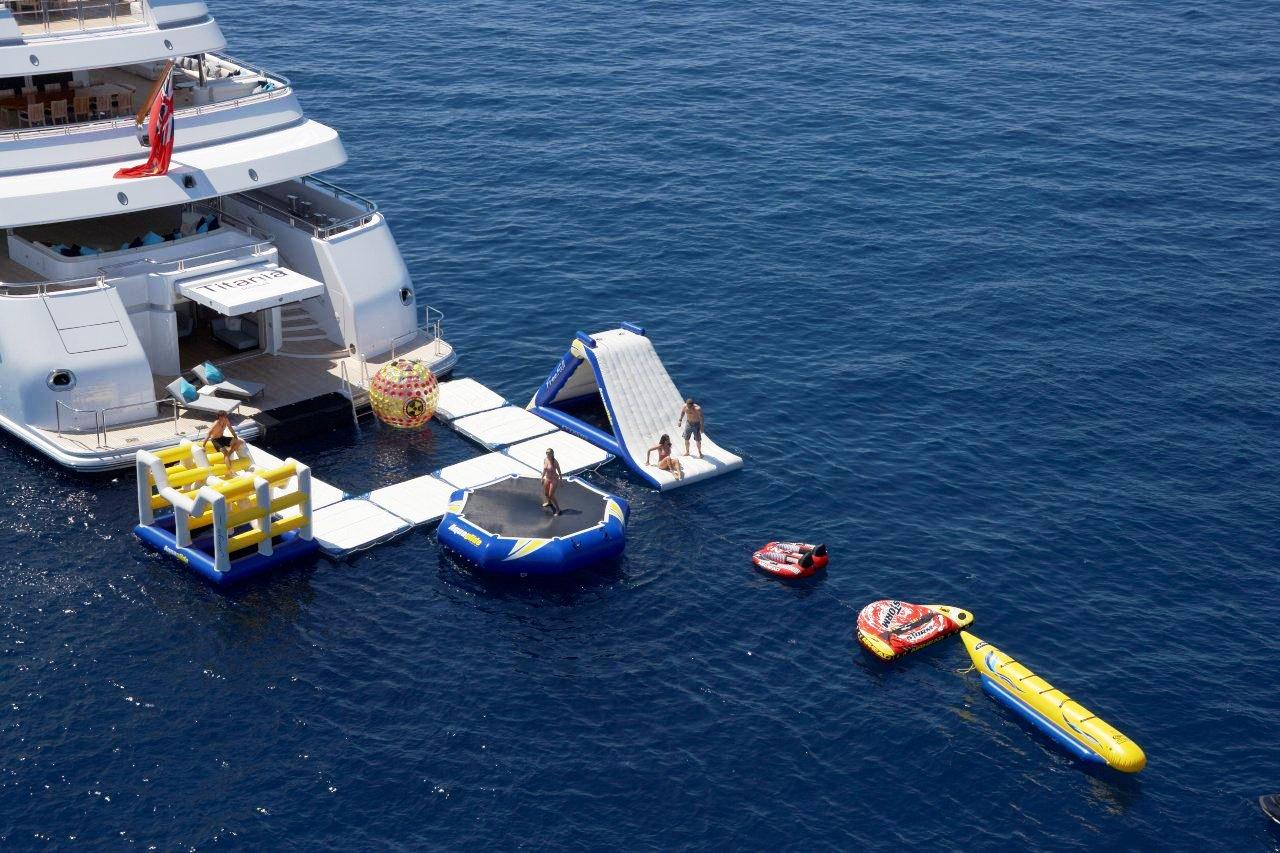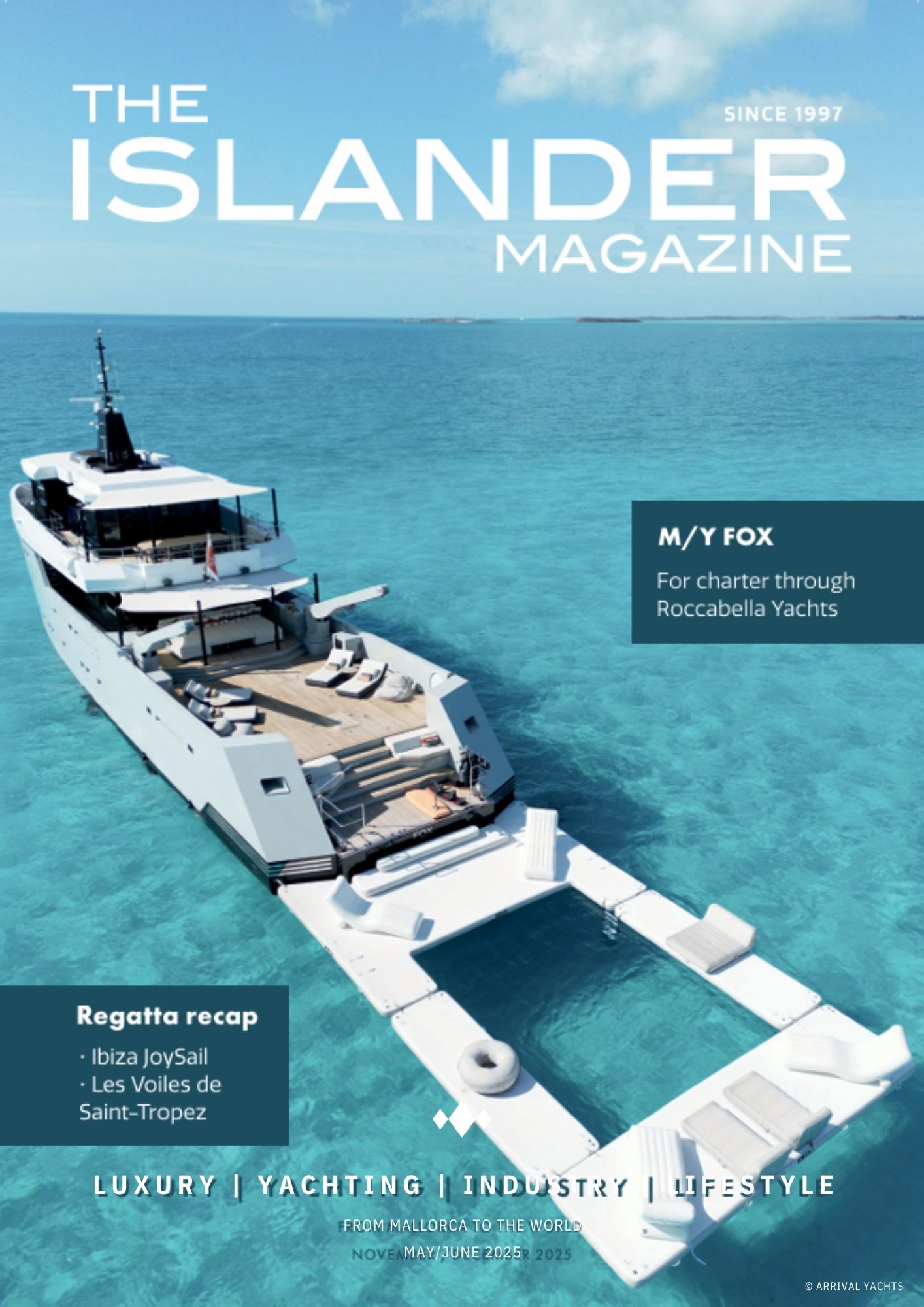Yachting has always been an exciting and fast-evolving industry. In recent decades, it has seen a strong push toward higher standards, professionalism, and crew training. What’s interesting is that many of these improvements now come from within the industry itself — not from regulators. That kind of self-regulation is exactly what keeps yachting dynamic and adaptable.
Why a watersports code was needed
One area that had long lacked clear guidance was the management of watersports activities on superyachts. As Richard Falk, training manager and chief examiner of the RYA, explains: “Crew are trained on yachts, not toys.”
Watersports have traditionally existed in a grey area with little formal oversight. And while a lack of regulation can allow flexibility, it also puts responsibility squarely on the industry’s shoulders. “The only way to keep them unregulated is to self-regulate,” Falk notes.
A joint effort from PYA and RYA
At the Monaco Yacht Show, the PYA, in collaboration with the RYA, launched the Voluntary Code of Practice for Watersports in the Superyacht Industry.
This code aims to support captains and crew in developing onboard safety management procedures for watersports. It’s free, optional, and requires no inspection or certification — designed to guide, not govern.
Practical guidelines for crew
The code doesn’t claim to have all the answers, but it helps crew ask the right questions. It encourages captains to consider their guests’ experience levels, environmental conditions, supervision ratios, and lookout positions before activities begin.
Preparation is key. A clear safety briefing for everyone involved — crew, supervisors, and guests — can make all the difference if something goes wrong.
Managing alcohol and activities
One particularly relevant section covers guest alcohol consumption. As the code points out, it’s not always possible to limit drinking onboard, but smart scheduling can help:
“By planning water-based activities earlier in the day, when guests are less likely to have been drinking, you enhance safety without impacting their enjoyment.”
Guidance across a range of sports
The document provides useful advice for many popular activities — from dinghy sailing, wakeboarding, and waterskiing to kiteboarding, kayaking, and towing inflatables. The goal is to keep these activities fun, safe, and sustainable.
Moving the industry forward
Since its release, the Voluntary Code of Practice for Superyacht Watersports has become a valuable reference for captains and crew worldwide. It reflects how the superyacht industry continues to evolve responsibly, taking ownership of safety rather than waiting for outside regulation.
You can download the full code free of charge from the PYA website.
























0 Comments